Click this link for direct login to eLORA – Elora login
Click this link for AERB website – AERB
Who We Are and What We Do
Working under the regulatory framework of the Atomic Energy Regulatory Board (AERB), a radiation safety professional’s core mission is protecting people and the environment from unnecessary exposure to ionizing radiation.
Whether it’s a medical facility using X-rays and radiotherapy machines, an industrial site employing radiography, or a nuclear research lab—we ensure that radiation is used safely, responsibly, and within the limits prescribed by law.

Radiological Protection Principles by AERB
Atomic Energy Regulatory Board
(BARC – BHABHA ATOMIC RESEARCH CENTRE)
Justification:
No practice or source within a practice should be authorized unless the practice produces sufficient benefit to the exposed individuals or to society to offset the radiation harm that it might cause; that is: unless the practice is justified, taking into account social, economic and other relevant factors
Optimisation(ALARA –As low as reasonably achievable ):
All living things are exposed to ionising radiation from the natural (called background radiation) and man-made radiation sources. Ionising radiation may cause biological changes in the exposed person hence the doses to the occupational workers shall be kept As Low As Reasonably Achievable (ALARA) and doses to patients shall be optimized. Suitable control measures shall be employed to minimise radiation exposure so that maximum benefits are derived with minimum radiological risk.
Dose Limitations (Never exceed Dose Limits):
The normal exposure of individuals resulting from all relevant practices should be subject to dose limits to ensure that no individual is exposed to a risk that is judged to be unacceptable.
| Dose Limitations | ||
| Part of the body | Occupational Exposure | Public Exposure |
| Whole body(Effective dose) | 20 mSv/year averaged over 5 consecutive years;30 mSv in any single year | 1 mSv/y |
| Lens of eyes(Equivalent dose) | 150 mSv in a year | 15 mSv/y |
| Skin(Equivalent dose) | 500 mSv in a year | 50 mSv/y |
| Extremities(Hands and Feet)Equivalent dose | 500 mSv in a year | – |
| For pregnant radiation workers, after declaration of pregnancy 1 mSv on the embryo/fetus should not exceed. | ||
Where,
Occupational Exposure – Radiation Exposure to worker involved in a practice in which he/she is exposed due to handling of radioactive source or radiation generating equipment.
Public Exposure – Radiation Exposure to public due to above practices.
Basic Three Factors for Radiation Protection (Working Personnel & Public)
Time
- Exposure from radiation source is directly proportional to time
- Reduce period of exposure to radiation to reduce the dose received from source.
Distance
- Increase distance from source to decrease exposure rate.
- I1 d12 = I2 d 22 (Inverse square law)
- Double the distance from the source; dose-rate falls to ¼ the original value.
- Halve the distance from the source; dose-rate increase to 4 times the original value.
- More the distance from source -Lesser the radiation
Shielding
- Use an appropriate shielding material or protection devices
- Shielding reduces exposure rate:
I = I 0 e – µt
µ- linear attenuation coefficient of shielding material
t – Thickness of shielding material
I0 – Initial exposure rate
I – Exposure rate after transmission from shielding material
- Use large shielding thickness (High Z materials eg Lead, Steel, Concrete, etc) – reduce the exposure rate of gamma/X-ray radiation.
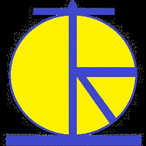
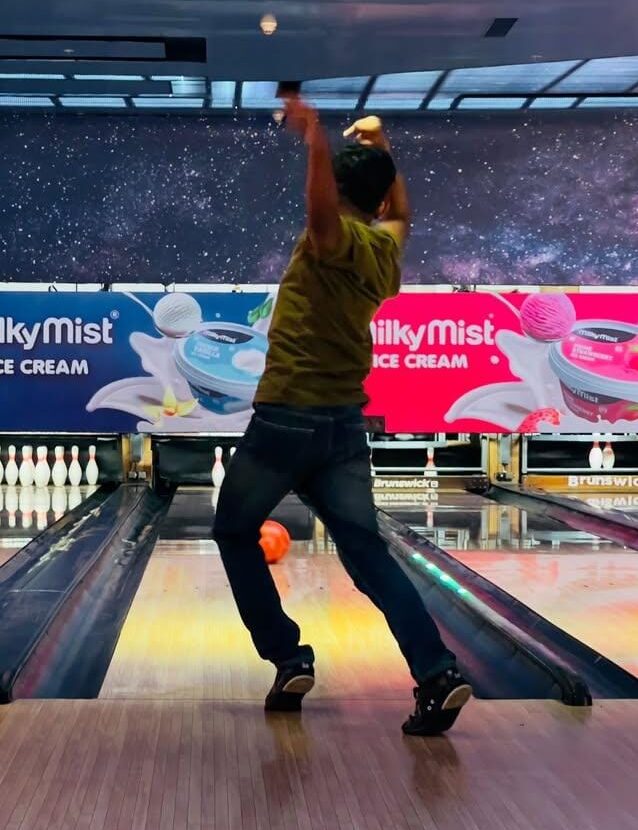
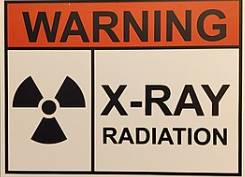
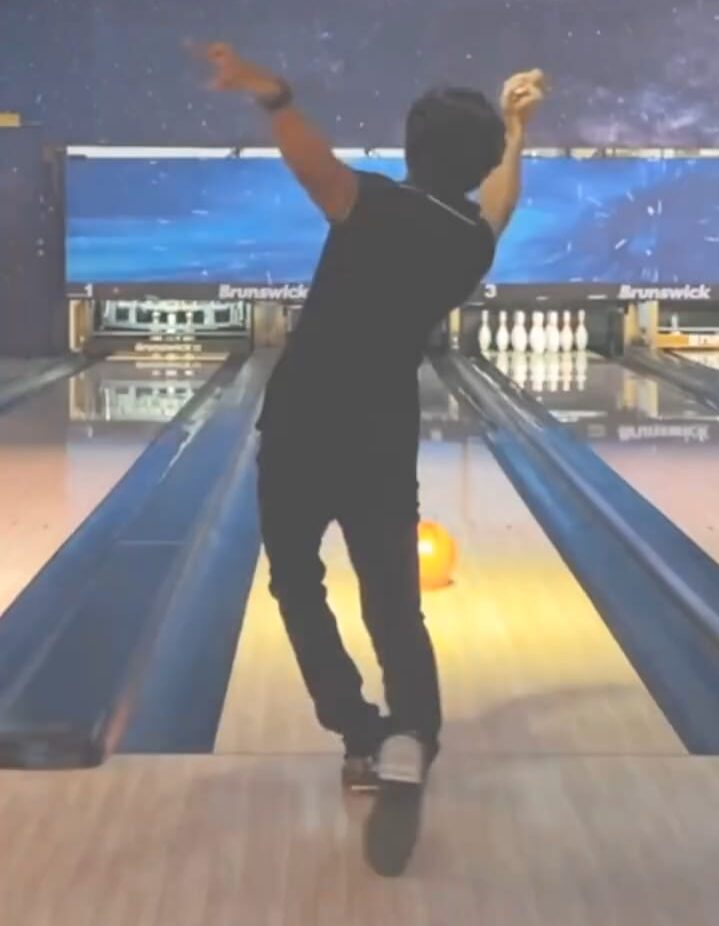
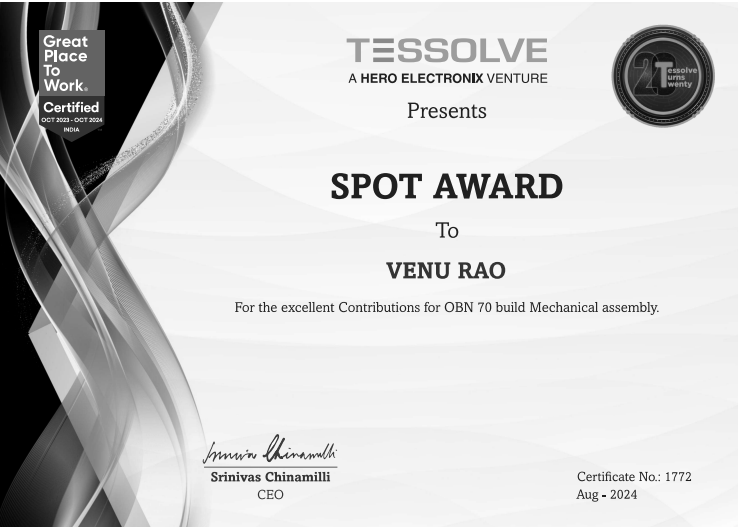
CreatBot D600 Pro 2 Industrial 3D Printer is a cutting-edge industrial 3D printer designed for businesses requiring precision, reliability, and versatility in 3D printing devices. As part of the D600 lineup, it incorporates a spacious build volume, advanced dual extrusion technology, and top-tier features suitable for industrial use and complex materials.
CreatBot D600 Series Overview
The CreatBot D600 Series and D600 Pro models establish new standards for large format 3D printer solutions. With a build volume of 600 ? 600 ? 600 mm, these professional large format 3D printers cater to a broad spectrum of industrial 3D printing demands, from big model prototyping to end-use production. The D600 pro series and the latest D600 Pro 2 introduce further improvements in performance and material compatibility.
Main Features and Benefits
Industrial-Grade Large Build Volume
Build volume: 600 ? 600 ? 600 mm
Ideal for large-scale 3D printer projects and industrial 3D printing
Supports technical materials and intricate models
Dual Extruder System and High-Temperature Printing
4th generation dual 1.75mm extruders for multi-material printing
Right and left-side extruder design for flexible printing
Supports high performance 3D materials, including PLA filament, nylon, carbon-fiber, and more
Maximum extruder temperature: up to 420°C (high temperature)
Heated build chamber for high-performance applications
Precision, Speed and Reliability
Professional 3D print quality with accurate layer resolution
Advanced motion system for fast printing and robust performance
Consistent printing speed up to 120 mm/s
Reliable operation for continuous industrial use
Supported Materials and Filaments
Wide Filament Compatibility
Works with a broad spectrum of filament: PLA, ABS, PC, PETG, PVA, nylon filament, carbon fiber, and more
Designed for technical materials and functional prototyping
Advanced dual extruder 3d printer enables multi-material and soluble support printing
Uses: Prototyping & Manufacturing
The CreatBot D600 Pro 2 model and D600 Pro 3D printer serve a diverse set of applications:
Rapid prototyping and large scale 3D printing models
Functional parts for automotive, aerospace, and engineering
Tooling, jigs, and fixtures for industrial production
Art, architecture, and creative projects requiring large-scale industrial 3d printing
Technical Specifications
Model: CreatBot D600 Pro 2, D600 Pro, D600
Build size: 600 ? 600 ? 600 mm
Extruders: Dual extruder, 4th generation 1.75mm dual extruders and hotends
Max nozzle temperature: 420°C
Bed temperature: up to 100°C
Filament size: 1.75 mm
Layer height: 0.05 – 0.3 mm
Supported materials: PLA, ABS, PC, PETG, PVA, nylon, carbon fiber, engineering-grade materials
Print speed: up to 120 mm/s
Chamber: Heated, for improved material properties
Interface: Touchscreen interface
Supported file types: STL, OBJ, AMF
Comparing D600 Models
Key Differences
D600: Entry-level industrial large scale 3d printer for basic applications
D600 Pro model: Enhanced with heated chamber, auto bed leveling, and wider material support
D600 Pro 2 (pro version): Adds higher print speed, improved reliability, and HS (high speed) configuration
Additional CreatBot Printers
CreatBot D1000 for even larger build volumes
CreatBot 3D printer includes industrial and professional 3d printer solutions
Frequently Asked Questions (FAQ)
What materials can the CreatBot D600 Pro 2 print?
The D600 Pro 2 is compatible with a wide range of filament types including PLA, ABS, PETG, PC, nylon filament, carbon-fiber, and other engineering-grade materials.
What is the maximum build volume of the D600 Pro 2?
The printing volume is 600 ? 600 ? 600 mm, supporting large-scale and industrial 3d printing needs.
Does the D600 Pro 2 support dual extruder and high-temperature printing?
Yes, it is equipped with dual extruder technology and reaches up to 420°C for high-temperature printing process.
Differences Between D600 Pro 2 and D600 Pro
The D600 Pro 2 offers higher printing speed, improved reliability, and the new HS (high speed) option.
Conclusion
The D600 Pro 2 and the D600 Pro set the benchmark in the industrial 3D printer category. With exceptional build size, robust dual extrusion system, compatibility with technical materials, and high performance across applications, they empower businesses and engineers to achieve new heights in industrial 3d printing.
[url=https://www.creatbotd6002.com]print speed[/url]
[url=http://www.creatbotd6002.com/filament]filament[/url]
[url=http://creatbotd6002.com]high performance 3d[/url]
[url=http://creatbotd6002.com/3d+print]3d print[/url]